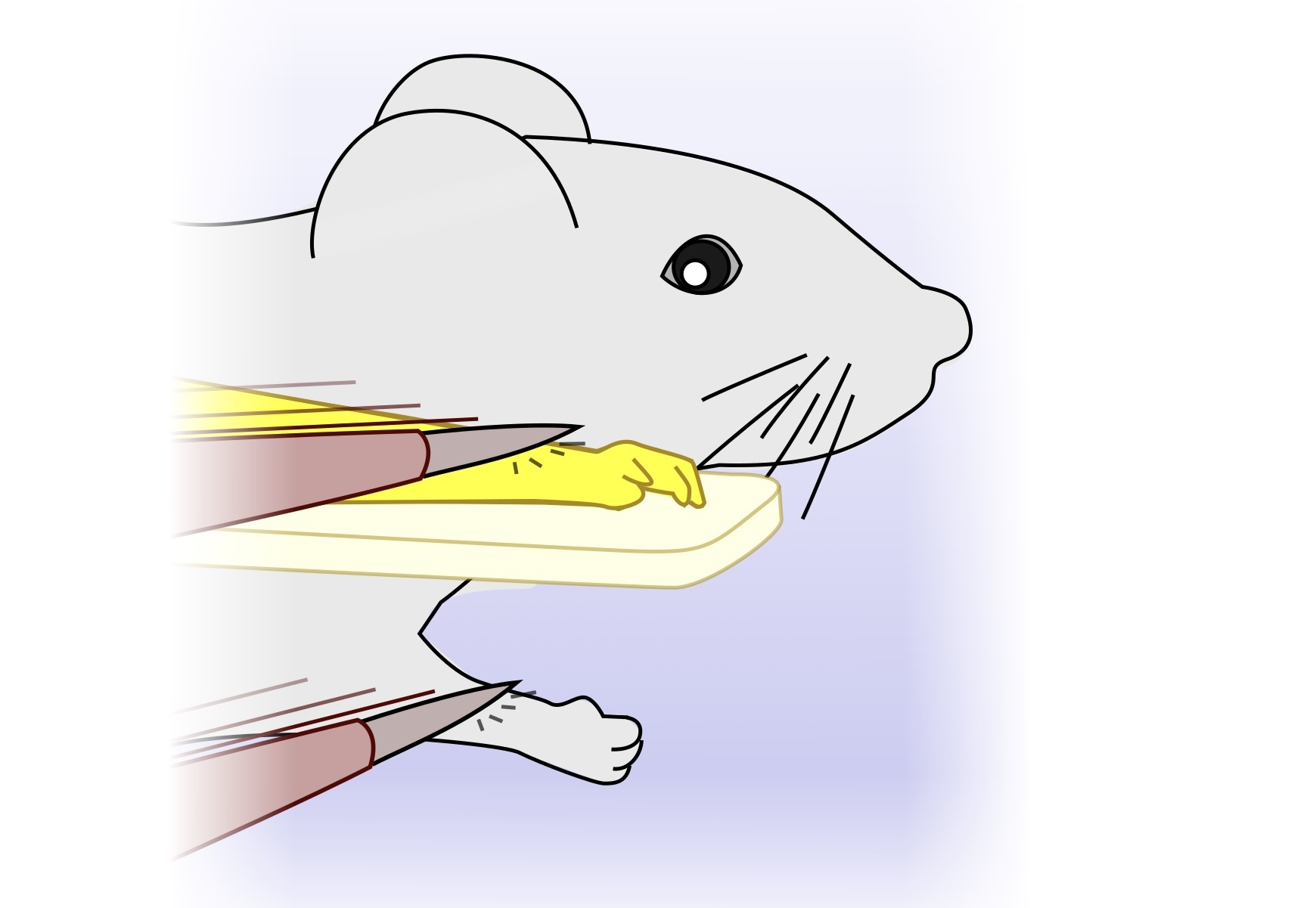Media release
From:
Animal model of forelimb embodiment could be used to develop better neuroprostheses
Mice can develop a sense of embodiment of an artificial limb, similar to humans who participate in the rubber-hand illusion experiment, according to a study published June 5th in the open-access journal PLOS Biology by Luc Estebanez from CNRS: Centre National de la Recherche Scientifique, France, and colleagues.
We perceive our limbs as part of ourselves, and we feel threatened by any menace to them. This sense of embodiment can be disrupted by brain injuries leading to a loss of recognition of body parts, and even to their active rejection from the body representation. In the case of amputated patients, efficient use of a prosthesis can be hampered by a lack of prosthesis embodiment, thereby causing a progressive decrease in daily prosthesis use and finally an abandonment of the prosthetic limb. In contrast, prosthesis embodiment is associated with a reduction in the sensations arising from the phantom of the missing limb, including painful perceptions.
In an experimental setting, it is possible to either build or disrupt the sense of embodiment of an artificial limb by manipulating the temporal coincidence of tactile and visual stimulations. In particular, in the rubber-hand illusion experiment, a rubber limb is placed in a position that makes it visible to the participant, while the real hand is hidden from view. Both the hidden real hand and the visible artificial hand are stroked in synchrony with a brush. A large fraction of the subjects in these experiments report that after this stimulation, the rubber hand they are seeing is their real hand. So far, the physiological bases of sensory-based forelimb embodiment remain unclear, partly due to the lack of an animal model to study embodiment.
To address this challenge, Estebanez and colleagues developed an analog of the rubber-hand illusion embodiment protocol for mice. The researchers presented head-fixed mice with an artificial, 3D-printed static replica of their right forelimb at a plausible physiological location. At the same time, their real forelimb was hidden from sight and held in place below the platform where the artificial limb was located. During a two-minute pairing sequence, the researchers applied mechanically-controlled synchronous or asynchronous brush strokes to the real and the artificial forelimbs. Then the researchers dropped a sharp object toward the artificial forelimb that was within view of the animal.
During this sequence, the gaze of the mice was tracked with high-speed videography. Consistent with the broader literature on the rubber-hand illusion, the mice focused their gaze on the threat for several seconds when brush strokes were synchronous, but not when they were asynchronous. The behavioral response was also stronger when the artificial forelimb looked similar to a limb versus a white cube-shaped object.
According to the authors, this work has practical implications for the study of forelimb embodiment in a model that offers unparalleled experimental venues. For example, mapping out the brain circuits of embodiment using genetic and optogenetic research tools could lead to novel embodiment restoration strategies. Beyond this, the research also supports the idea that rodents can display behavioral correlates of embodiment in settings that are known to trigger embodiment in humans. This adds to a series of recent findings suggesting that rodents, and mice in particular, can display some capabilities that have been associated with higher cognitive functions.
The authors add, “The rubber hand illusion is a staple of the study of body representation in humans, but so far there was no equivalent of this test in the most actionable model: mice. Here we have shown that limb embodiment can be triggered and measured efficiently in mice. This opens up many opportunities to better understand the basic mechanisms of body ownership and apply it for instance to improve prosthetics.”
Multimedia




 International
International



